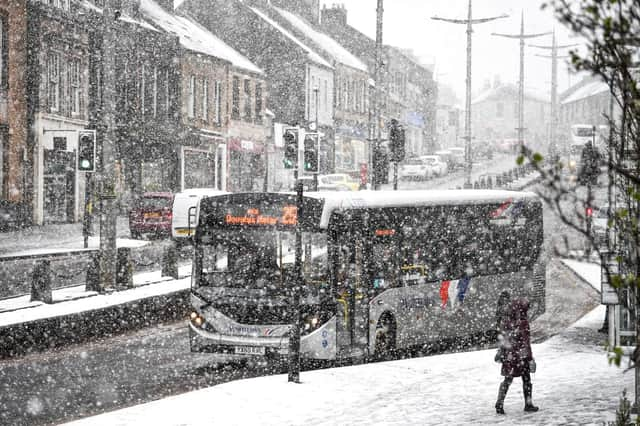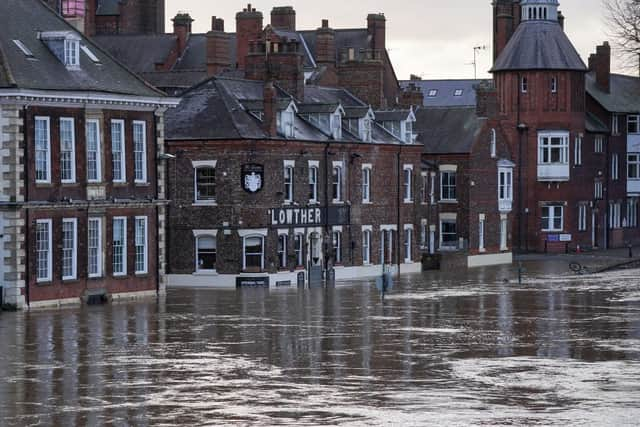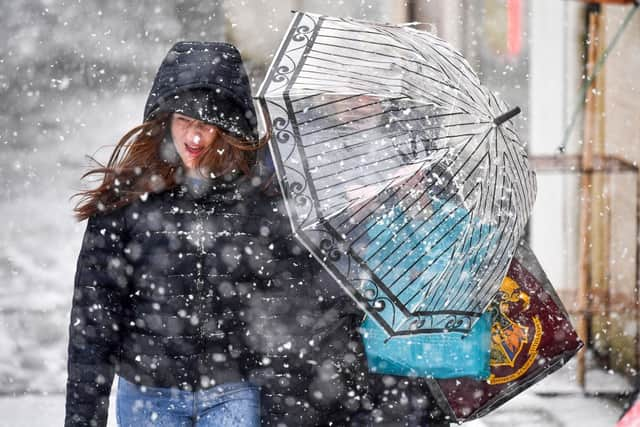Here's how storms are named and what comes next after Storm Dennis and Ciara


Having been battered by storms Ciara and Dennis in quick succession, many people in Scotland may be wondering how the names for these weather systems are chosen.
Storm Ciara caused havoc in the Scottish borders and is believed to have claimed two lives, while storm Dennis is expected to batter Scotland over the weekend, with warnings of “blizzard conditions” having been put in place.
Advertisement
Hide AdAdvertisement
Hide AdHere’s how those names were selected - and who chooses them.


Why do storms have names?
While the US has been naming its storms since the 1950s, the UK only adopted the practice in 2014.
Not all storms are given names – only those big enough to cause significant damage.
This means that only those prompting amber warnings (“be prepared”) or red warnings (“take action”) are given names.
Advertisement
Hide AdAdvertisement
Hide Ad

The aim of naming storms is to raise awareness of them and draw attention to the potential dangers they pose.
Giving a storm a name also holds the added benefit of making it easier for people to follow the storm’s progress via news updates and social media.
It’s hoped this will make people more likely to take cautionary action to keep themselves safe during periods of severe weather.
Various parts of the UK were hit with floods following storm Ciara. Picture: Ian Forsyth/Getty Images
Advertisement
Hide AdAdvertisement
Hide AdWho is responsible for naming storms?
In the UK, the